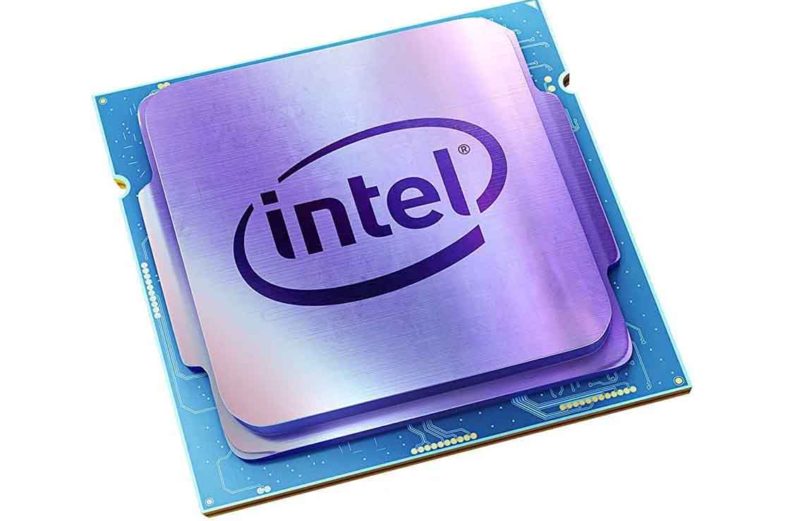Cache refers to a type of high-speed memory that a computer processor can access more quickly than it can access regular system memory (RAM). It is used to temporarily store frequently accessed data or instructions, which the processor can then quickly retrieve to speed up program execution.
There are different types of cache memory in a computer, but the most common type is CPU cache, which is built into the processor chip itself. CPU cache is divided into two or three levels (L1, L2, L3), with each level increasing in size and decreasing in speed as you move further away from the processor cores.
The purpose of cache memory is to reduce the time it takes for the CPU to access data or instructions from memory. Because cache memory is much faster than RAM, accessing data from the cache can result in significant performance improvements, especially when working with large data sets or when running programs that require frequent access to the same data.
However, cache memory is limited in size compared to system memory, and the CPU may need to fetch data or instructions from RAM if the required data is not present in the cache. Therefore, the effectiveness of cache memory depends on how well it is utilized by the processor and how frequently the same data or instructions are accessed.

